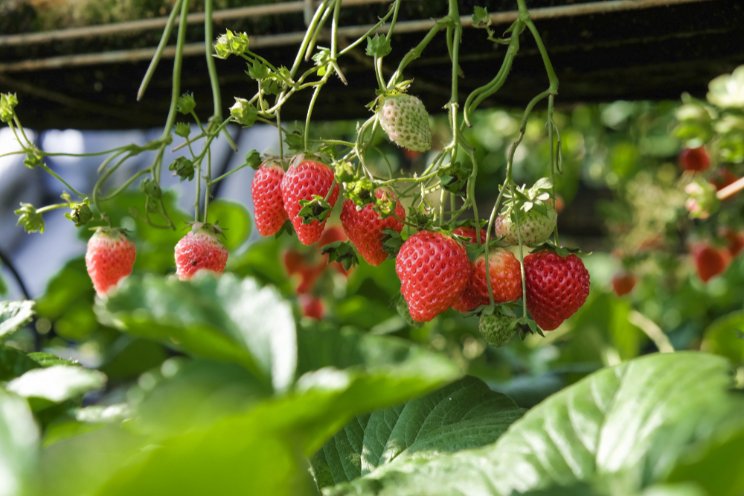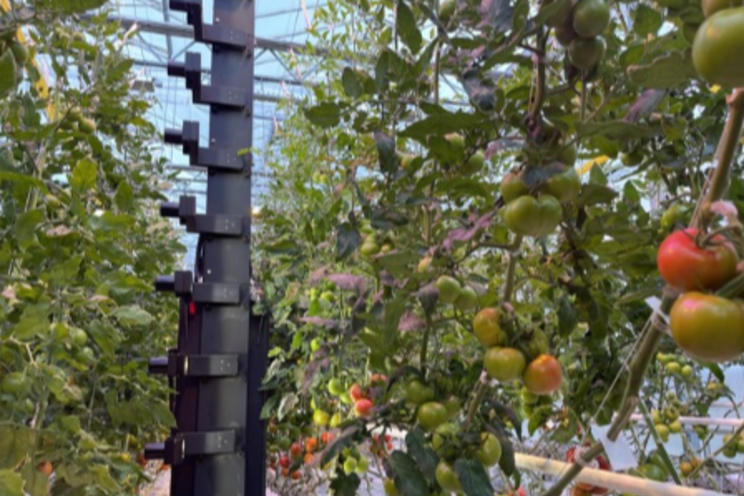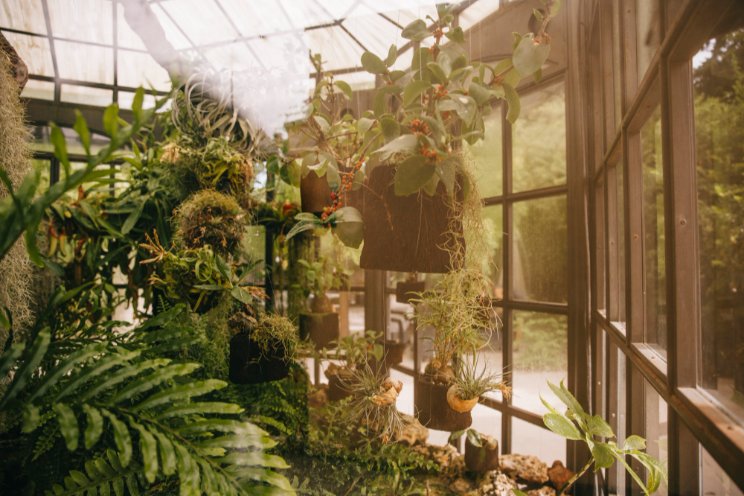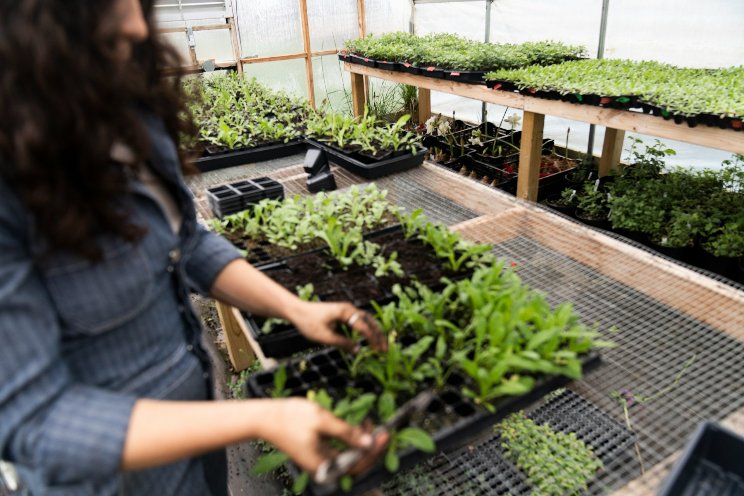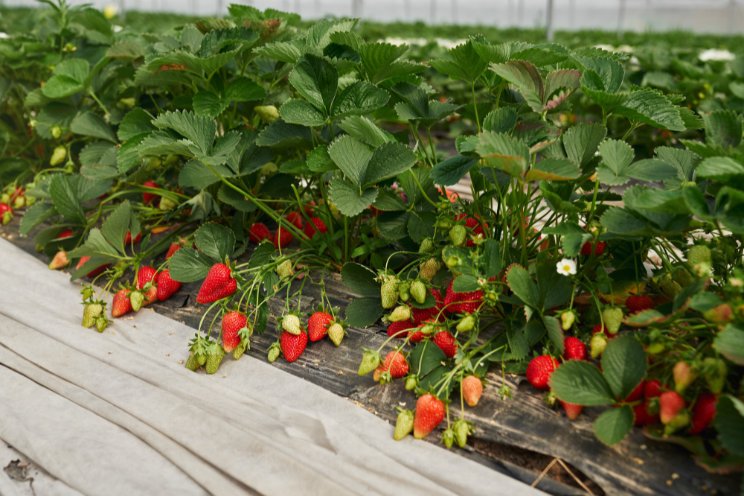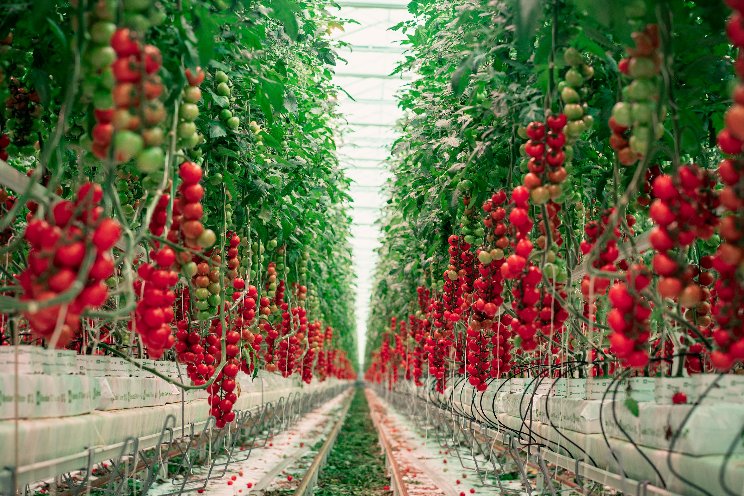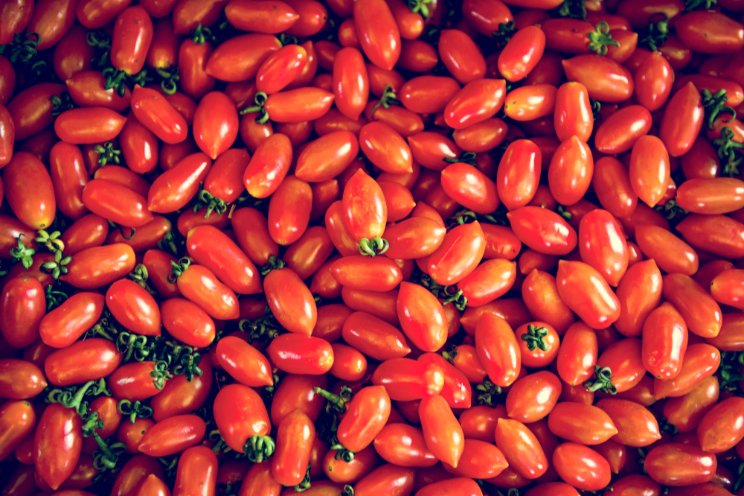Compost makes Kalanchoë more resilient against diseases and pests
Added on 08 January 2025
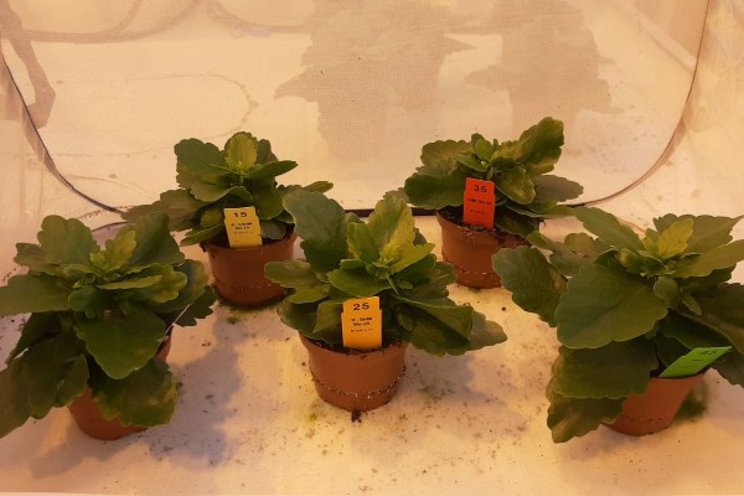
Kalanchoës are small, colorful potted plants that typically grow in a potting mix partially composed of peat. The horticulture sector has committed to increase the use of sustainable components in potting soil mixtures, necessitating the search for alternatives to for example peat. Current potting soil mixtures contain peat. Composted plant material is one of the options to increase part of the potting soil mixtures. Spent mushroom substrate is a waste product from mushroom cultivation. The quality of compost must be sufficient to support healthy plant growth, and ideally, it should even improve cultivation outcomes.
More news


